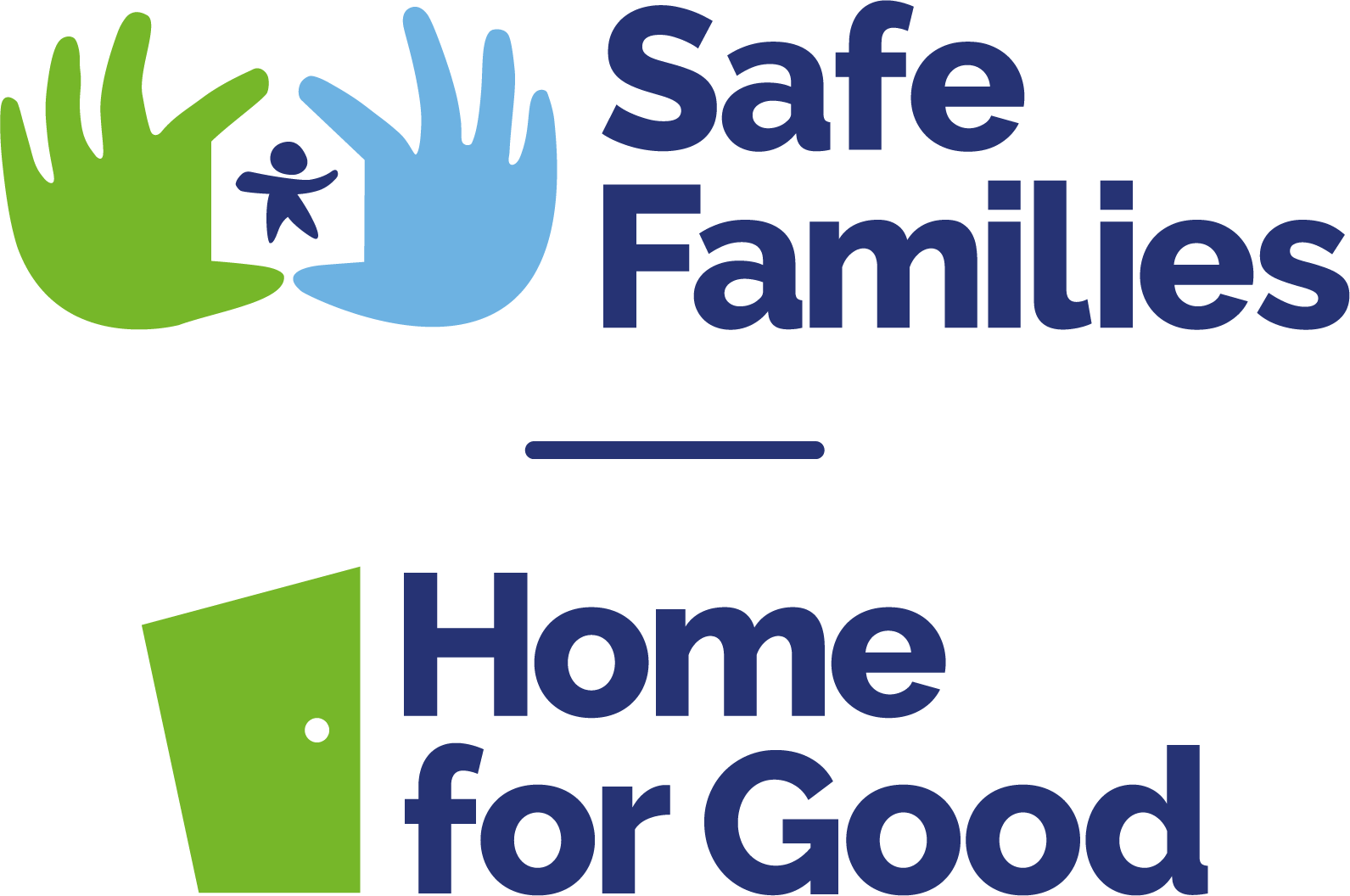This month, we’re focusing on the theme of stability. A couple of years ago I came across a model developed by academics at University East Anglia called the Secure Base Model. This model was developed out of attachment theory and describes a set of conditions and relationships needed for children and young people to build positive relationships and feel secure:
“A secure base is provided through a relationship with one or more caregivers who offer a reliable base from which to explore and a safe haven for reassurance when there are difficulties. Thus a secure base promotes security, confidence, competence and resilience.”1
Providing children and young people with this secure base is exactly what we have in mind when thinking about stability. Children in the care system have often had significant instability in their lives, whether through experiencing abuse or neglect or through the separation from birth family members and the broken attachments this results in.
As a result, and in recognition of the difference that stability makes, one of the often-talked-about priorities of the care system is to provide children entering care with much-needed stability. However, despite best intentions, too many young people are not experiencing the stability they so vitally need. Sudden changes of home and a revolving door of social workers are sadly the experience of too many and can exacerbate feelings of instability, with attachments being made and broken repeatedly.
- One in ten children in care in England moved home more than four times over the last three years.2
- One third of foster carers in Scotland have experienced an unplanned placement ending in the previous three years when they felt it was not in the child’s best interests.3
The need to address this cycle of instability is why Home for Good exists. Currently, there is a shortage of homes in the right places with the right skills to meet children’s needs, with the 2018 Review of Foster Care in England identifying that in half of all decisions made about where to place a child, social workers had no choice available to them. Making the strongest match possible between the needs of a child and the skills of a household is vital for giving that child the best chance possible to experience stability and feel safe, secure and loved. The poorer the match, the more likely a child or young person will not have their needs met and may have to move to a different home.
In our work to inspire individuals and families across the UK to consider welcoming a child or young person through adoption, fostering or supported lodgings, we are seeking to tackle the cycle of instability. To enable social workers to make the best matches for children, we need to have more homes and families ready and available to welcome children and we passionately believe that the Church can answer this call.
Not only this, but our desire is for children and young people not just to experience initial stability, but ongoing security, safety and love, with relationships that remain consistent and ongoing in their lives. Again, this is where the Church has an opportunity. Maybe fostering or adopting isn’t an option for you, or not yet, but in wrapping around children and young people and those that care for them, the Church has an opportunity to be a consistent, faithful presence in the lives of children. We all have a role to play, directly or indirectly, in enabling children with care experience to have the stability they need to go on and reach their potential. Just the other day, a solo adoptive Mum told me about a couple of guys in her local church who had committed to meeting one-to-one with her son on a regular basis. Their choice to proactively invest in this young boy for the long haul and to surround him with positive role models is going to be a profound and important source of support for him as he enters his teenage years and navigates life’s challenges. These guys are embodying all that we’re calling the Church to step into in wrapping around him and his Mum for the long haul.
The Church has a unique opportunity to make a difference; to be a reliable base and a safe haven. Next week, as we continue to explore what can be done to address the instability so many children face, we’re going to be considering some of the ways in which the system can work more effectively to ensure that children and young people experience the stability they need.
Footnotes:
1 The Secure Base Model, Centre for Research on Children and Families, UEA, Available online.
2 Stability Index 2019, Children’s Commissioner for England, Available online.
3 State of Scotland’s Foster Care, The Fostering Network, Available online.









